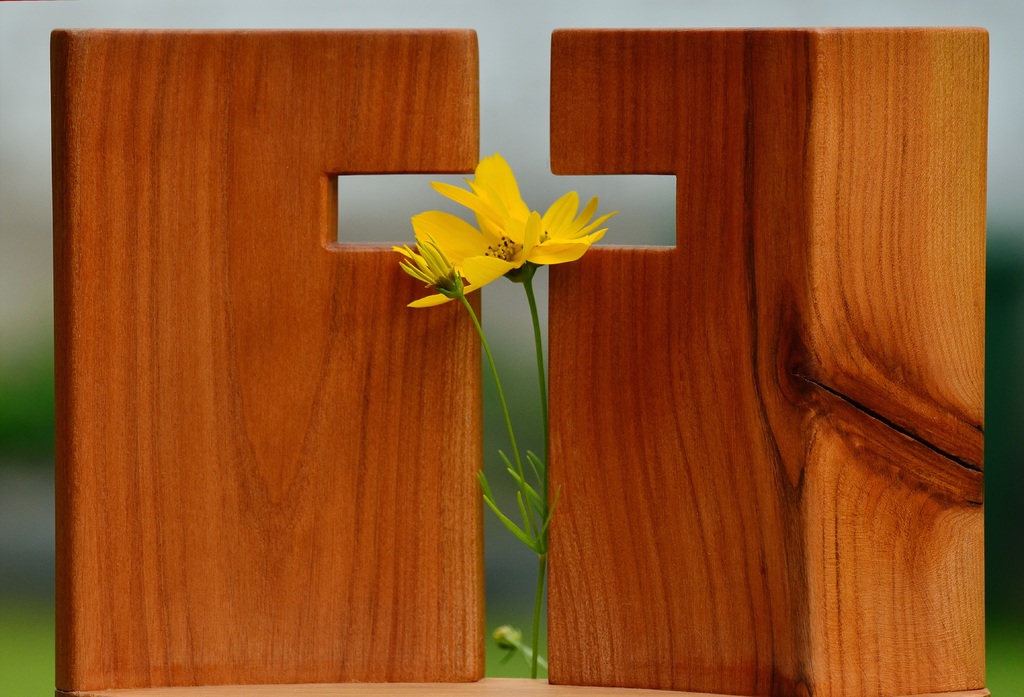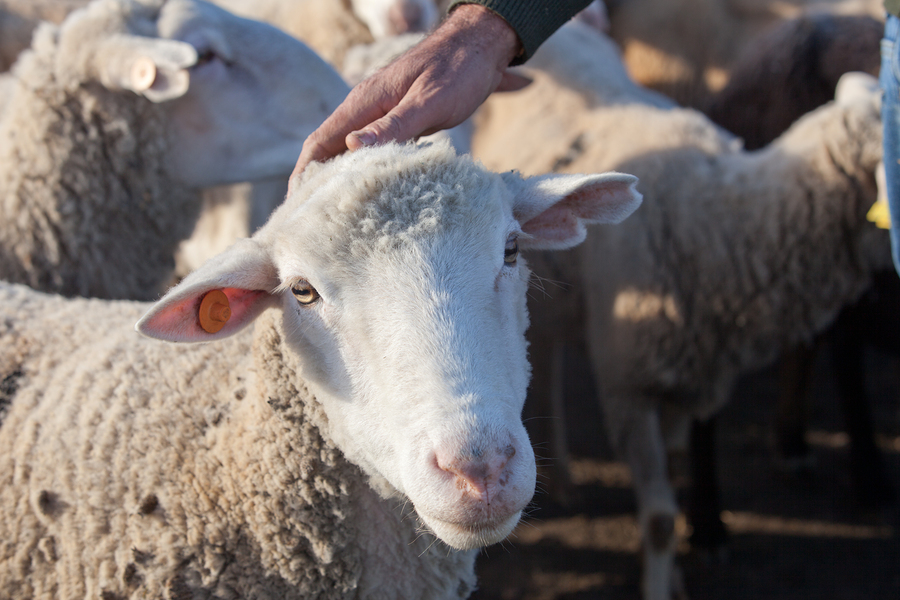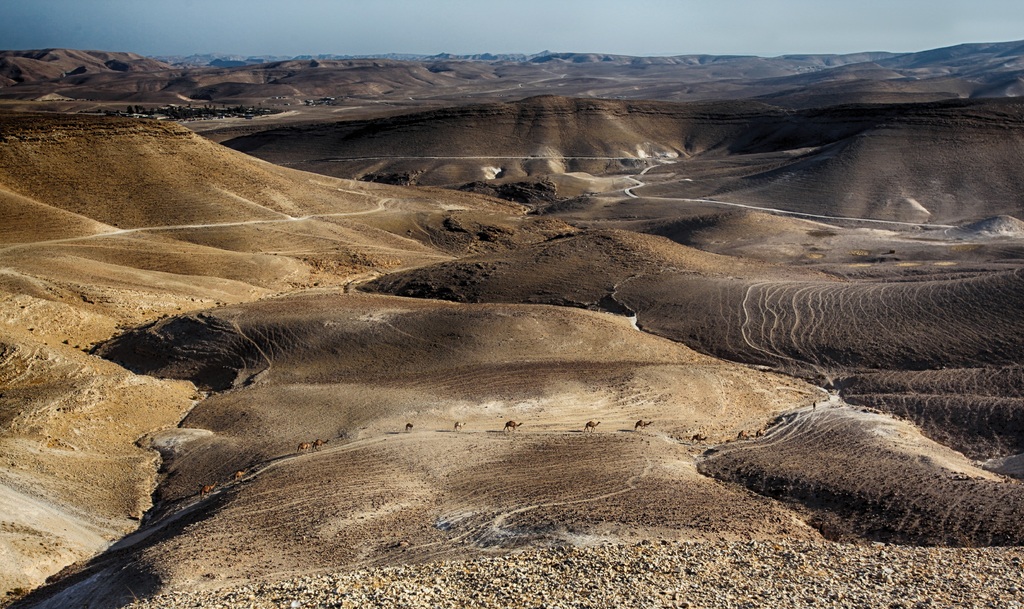The passion week of Christ is an emotional roller coaster. Imagine for a moment hearing the events as they unfold without knowing what comes next or what the outcome will be. It’s hard for us who have heard these accounts since childhood, but let’s try.
After a few years of iterant preaching and ministry around Israel, Jesus sets his sights on Jerusalem and the upcoming Passover. There is tension in the decision since the religious leaders are jealous of His popular following. But for many, there is also a hope that Jesus will be the Messiah who will set things right again in their conquered nation.
The possibility of what may be is thrilling as they travel up to Jerusalem. Just like that first slow climb of a roller coaster. Then comes the exhilarating and accelerating drop as Jesus enters the city, riding a donkey to the cries and shouts of “Hosanna.” Is this the moment when Jesus reveals himself as the king?
But that joy unexpectedly turns into anger and confusion. Jesus makes His way to the Temple. This is really happening. But Jesus, seeing the moneychangers and markets in the courtyard, fashions a whip and angrily drives them out. Just like a roller coaster that turns in an unexpected way, confusion rises since Jesus is confronting the Jewish religious leaders instead of the hated Roman occupiers. All Jesus seemed to accomplish is making the Jewish leaders angry. Would the Messiah really do that?
What’s next? Actually, for the next couple of days, there is a period of calm. Jesus teaches in the Temple courtyard. The roller coaster is slowing down, and it’s begging us to feel like the ride is almost over. There’s just one more little hill as Jesus observes the Passover with His disciples.
At that meal, Jesus again teaches and demonstrates important lessons to His followers. He teaches them humility as He washes their feet. Jesus declares that He will soon be killed, but the disciples don’t fully understand. Peter, taking Jesus seriously, declares that he will fight to the death. Jesus warns Peter that he will himself deny their relationship.
After the meal, Jesus walks to a garden to pray. While the disciples seem not to notice, we see Jesus’ anxiety about what is just around the corner. There is an uncomfortable tension here. What does Jesus know that we don’t? Then the floor drops out in gut-wrenching fashion, and events seem to plummet out of control.
An armed guard, led by a follower of Jesus, arrives at the garden. Judas, the disciple leading the guards, kisses Jesus on the cheeks to indicate this is whom they are to arrest. We are angered by Judas’ betrayal and worried about what this means for Jesus.
Twists and turns come quickly. As Jesus is tried before the Jewish court, taken to the notorious Roman governor Pilate because the Jews wanted to kill Jesus. The governor tries to wiggle out of making the decision by sending Jesus to Herod. After trying to goad Jesus into performing some miracle, Herod sends Jesus back to Pilate. In the midst of all of this, there is increasing mockery and physical violence by the guards. Pilate orders Jesus to be scourged, a cruel punishment of flesh tearing whips. All the time, Jesus never rises to defend Himself or His actions.
After the scourging, Pilate presents the beaten and bloodied Jesus to the crowd. “Behold the man,” he shouts. Pilate declares that he finds no guilt in Jesus. But the crowd, being urged on by the Jewish religious leaders, is angry and wanting Jesus to be crucified. Pilate gives them a choice, release the hated criminal Barabbas or Jesus. The crowd chose Barabbas. Pilate sentenced Jesus to death by crucifixion.
The rest of that hour marches towards the inevitable conclusion of Christ’s death. He is led by Roman soldiers to a hill outside of the city walls. Stripped naked, His wrists and ankles are nailed to a cross of wood which is then raised as a warning for all to see. Beside him are two thieves experiencing the same fate. Our dread deepens as we watch Christ’s final hours. Our grief overwhelming as His broken, lifeless body is taken down and placed in a stone cave.
Is that it? The followers of Jesus scattered, fearful that they were next to feel the wrath of the crowd and religious leaders. All the hope and promise of Jesus’ ministry and teaching are gone, evaporated by the cruelty of the events. The Sabbath day draws some of the disciples back to that upper room where they last were with Jesus.
Being previously prevented by the Sabbath, some of the women followers of Jesus go to the tomb early Sunday morning to anoint the body with aromatics. They don’t go in hope but in service to their grief and the funeral practices of the region. When they arrive, the tomb stands open, the large stone covering moved aside. The Roman guards tasked with watching it are gone.
Fear spikes as an angel suddenly appears announcing that Jesus had risen from the dead and instructing them to tell the other disciples. But that fear is short-lived and replaced by joy, wonder, and amazement. But before Mary Magdalen leaves the tomb with the rest of the women, she encounters a man. Not really believing the angel, Mary pleads to know where the body is Jesus is. When the man speaks her name, her eyes are opened to see that the man is Jesus. He has truly risen.
What a rollercoaster ride of emotions. Every color of our emotional pallet is present in those events. It begins with hope, hits great depths of grief and despair, and ends with a joy that far exceeds our expectations. We can dispassionately read the Gospel accounts of that last week and weigh their truthfulness. All well and good. But what I invite you to on this Good Friday and Resurrection Day to feel the rich emotional textures and to perhaps experience these well-known events in a new way.
- Mark: An Insignificant Seed - June 4, 2025
- Mark – Listen Carefully - June 2, 2025
- Mark: Consider the Sower - May 28, 2025




